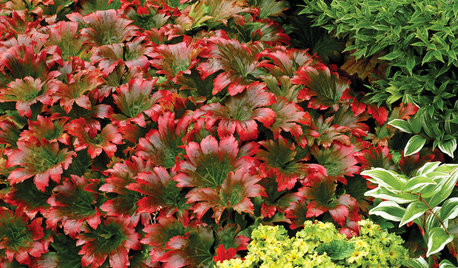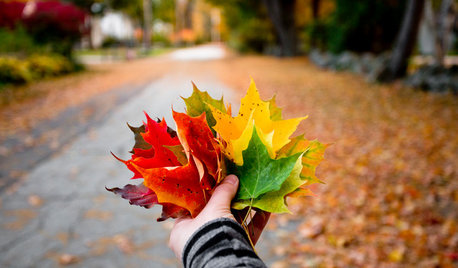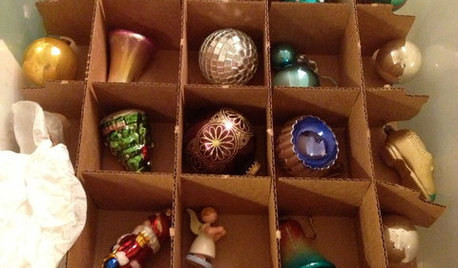Leaf 'Tipping'.
ronalawn82
16 years ago
Related Stories

DECORATING GUIDESSpotted! Decorating Schemes Turn Over a New Leaf
Think big when it comes to bringing the outside in via tropical leaf prints
Full Story

DECORATING GUIDESA Glimmer of Gold Leaf Will Make Your Room Shine
Make a unique, unexpected statement in any space with this precious metallic finish
Full Story
RED FOLIAGEGreat Design Plant: Red-Leafed Mukdenia
Creamy white blossoms give way to splashes of scarlet with this energetic, dramatic ground cover
Full Story
TRAVEL BY DESIGNHouzz TV: Take a Leaf-Peeping Road Trip in New England
Ride along with a Houzz contributing photographer to see gorgeous autumn eye candy from New York to New Hampshire
Full Story
DECORATING GUIDES13 Decorating Tips for Older Homes
Preserve the personality of the past while designing for now with these tips for paint, rugs, window treatments and more
Full Story
HOLIDAYSChristmas Cleanup Tips for the Not Naturally Organized
Dreading the postholiday chores? First let yourself unwind. Then grab some boxes, a few supplies and this easy guide
Full Story
GARDENING GUIDESEssential Watering Tips for Your Edible Garden
To give your edible plants just what they need, check out these guidelines for how, when and how much to water
Full Story
MOVINGRelocating Help: 8 Tips for a Happier Long-Distance Move
Trash bags, houseplants and a good cry all have their role when it comes to this major life change
Full Story
HOUSEKEEPING10 Tips to Streamline Laundry Day
Little adjustments to your attitude and routine can help take the wrinkles out of doing the wash
Full StoryMore Discussions







pineresin
ronalawn82Original Author
Related Professionals
Allentown Landscape Contractors · Bedford Heights Landscape Contractors · Deerfield Beach Landscape Contractors · Las Vegas Landscape Contractors · Morrisville Landscape Contractors · Brea Fence Contractors · Daly City Fence Contractors · Draper Fence Contractors · Framingham Fence Contractors · King City Fence Contractors · Owings Mills Fence Contractors · Pensacola Fence Contractors · Rockville Fence Contractors · Seymour Fence Contractors · Woodinville Fence Contractorsbotanybabe
laurabs
queuetue
ronalawn82Original Author